Tethered Cord Syndrome In Adults
Tethered cord syndrome in adults. Patients with tethered cord syndrome TCS rarely have symptomatic onset in adulthood. This isolated urological presentation with no significant associated neurologic deficits is. The tethered cord syndrome TCS is a disease of childhood.
Tethered spinal cord syndrome is a neurological disorder caused by tissue attachments that limit the movement of the spinal cord within the spinal column. The specific symptoms severity and progression of tethered cord syndrome vary from one. Attachments may occur congenitally at the base of the spinal cord conus medullaris or they may develop near the site of an injury to the spinal cord.
In the present study we analyzed the data of patients who presented with TCS in adulthood with the aim of studying the clinical spectrum and. There are only two large series of adult TCS in the English literature 15 20. The adult variant of the syndrome seems not to be as rare as once thought.
Thick filum terminale and a myelomeningocele. Tethered cord syndrome TCS is a condition that can be present in EDS where the spinal cord is attached to surrounding tissue in a way that creates elongation and tension of the nervous tissue leading to low back pain loss of bladder control lower body weakness and loss of sensation. The tethering effect was caused either by a split cord malformation a thick filum terminale a conus medullaris lipoma with extradural extension or various combinations of these mechanisms.
Symptoms may become more apparent as a child grows. The tethering effect was caused either by a split cord malformation a thick filum terminale a conus medullaris lipoma with extradural extension or various combinations of these mechanisms. In babies and children TCS is nearly always congenital meaning the child was born with his or her spinal cord attached to the spinal column or to the skin.
This study includes 11. The tethered cord syndrome TCS is usually diagnosed in childhood and its symptomatic onset in adult life is not common. Tethered cord syndrome is a stretch-induced functional disorder associated with the fixation.
The position in which it comes to rest in an adult L1 or L2 is caused by the growth of the individual. Tethered cord syndrome in adults.
The tethering effect was caused either by a split cord malformation a thick filum terminale a conus medullaris lipoma with extradural extension or various combinations of these mechanisms.
Twenty-three adult patients with TCS were studied with respect to the clinical radiological and pathological features of this syndrome. Twenty-three adult patients with TCS were studied with respect to the clinical radiological and pathological features of this syndrome. Thick filum terminale and a myelomeningocele. Patients with tethered cord syndrome TCS rarely have symptomatic onset in adulthood. Tethered cord syndrome TCS is a condition that can be present in EDS where the spinal cord is attached to surrounding tissue in a way that creates elongation and tension of the nervous tissue leading to low back pain loss of bladder control lower body weakness and loss of sensation. In the present study we analyzed the data of patients who presented with TCS in adulthood with the aim of studying the clinical spectrum and. Symptoms may become more apparent as a child grows. There are only two large series of adult TCS in the English literature 15 20. The tethering effect was caused either by a split cord malformation a thick filum terminale a conus medullaris lipoma with extradural extension or various combinations of these mechanisms.
Tethered cord syndrome TCS is a condition that can be present in EDS where the spinal cord is attached to surrounding tissue in a way that creates elongation and tension of the nervous tissue leading to low back pain loss of bladder control lower body weakness and loss of sensation. Adult Tethered Cord is characterized by a spinal cord that is located at an abnormally low position within the spinal canal. Tethered spinal cord syndrome is a neurological disorder caused by tissue attachments that limit the movement of the spinal cord within the spinal column. The adult variant of the syndrome seems not to be as rare as once thought. The position in which it comes to rest in an adult L1 or L2 is caused by the growth of the individual. The tethered cord syndrome TCS is a disease of childhood. In the present study we analyzed the data of patients who presented with TCS in adulthood with the aim of studying the clinical spectrum and.


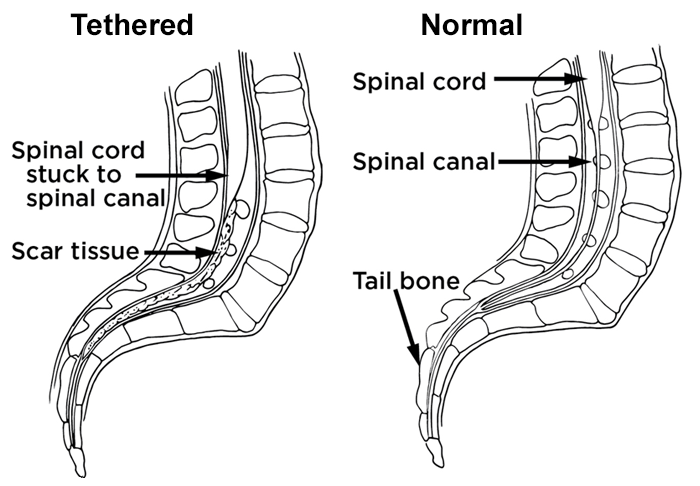
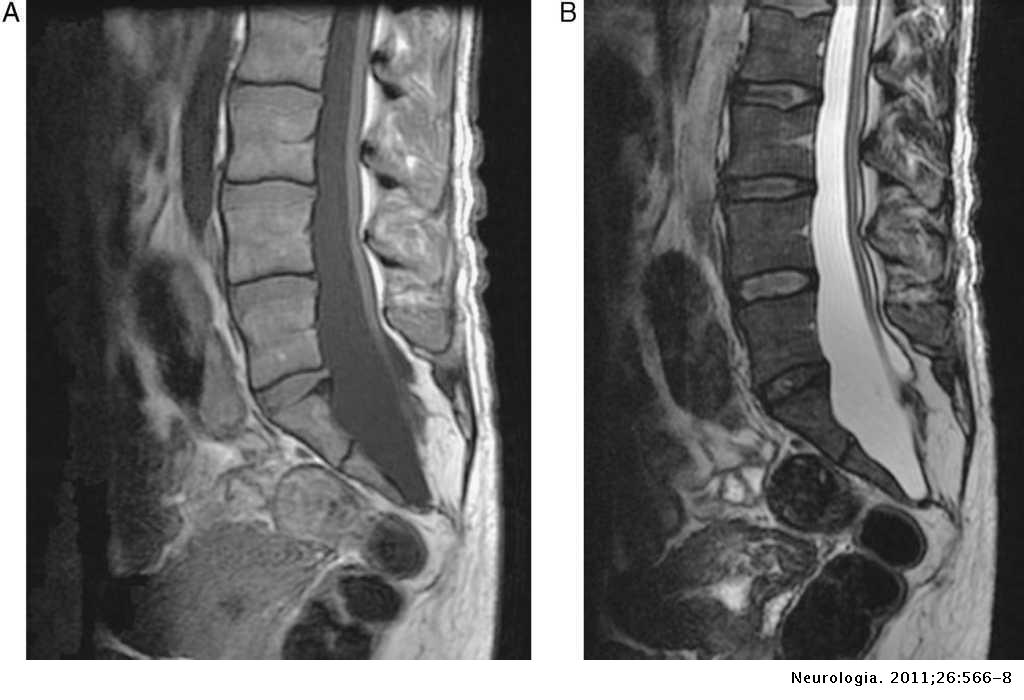







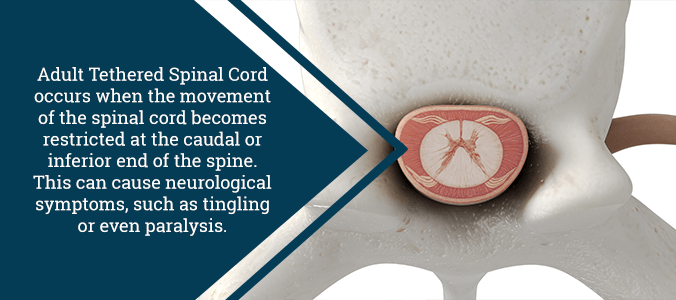




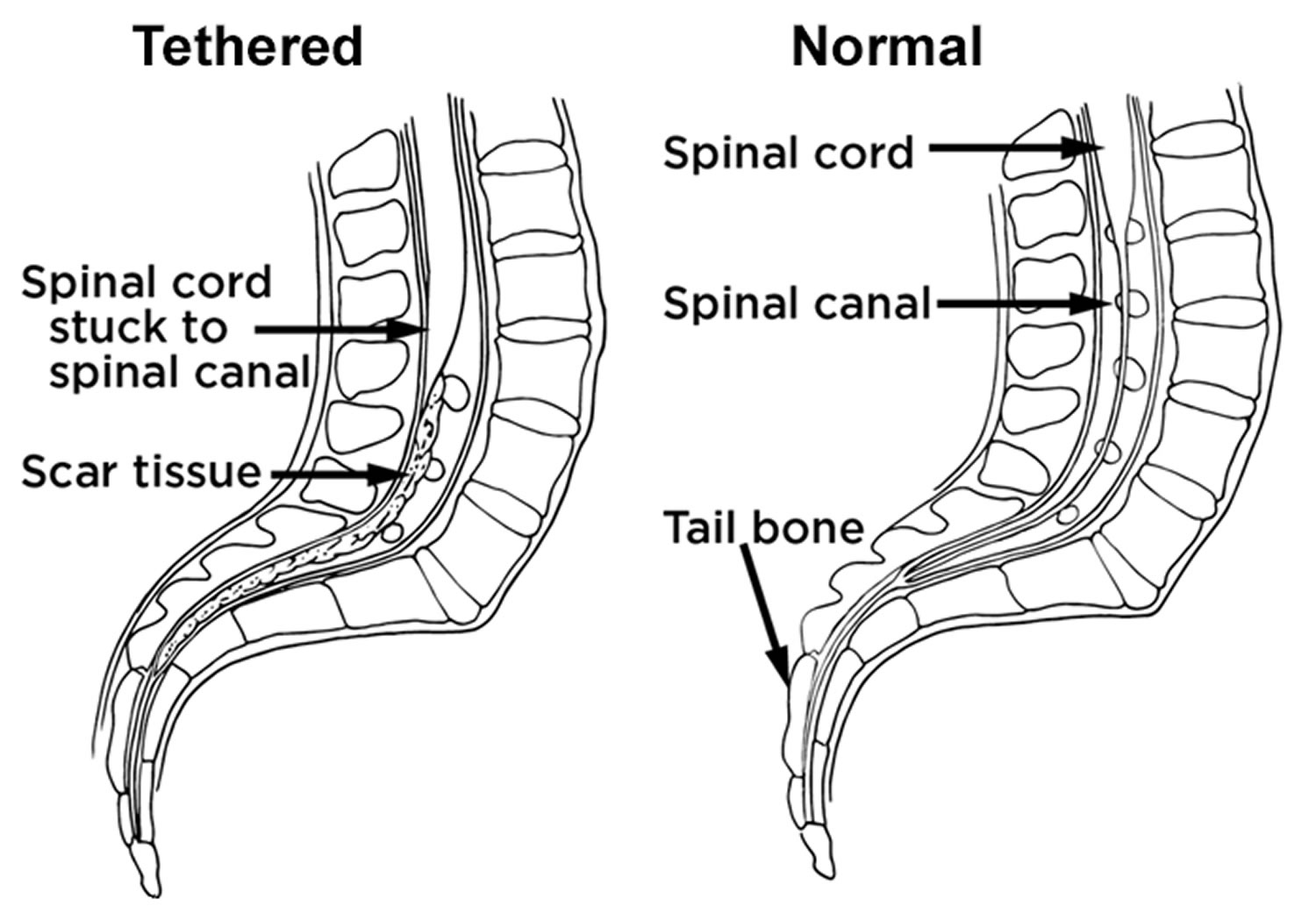
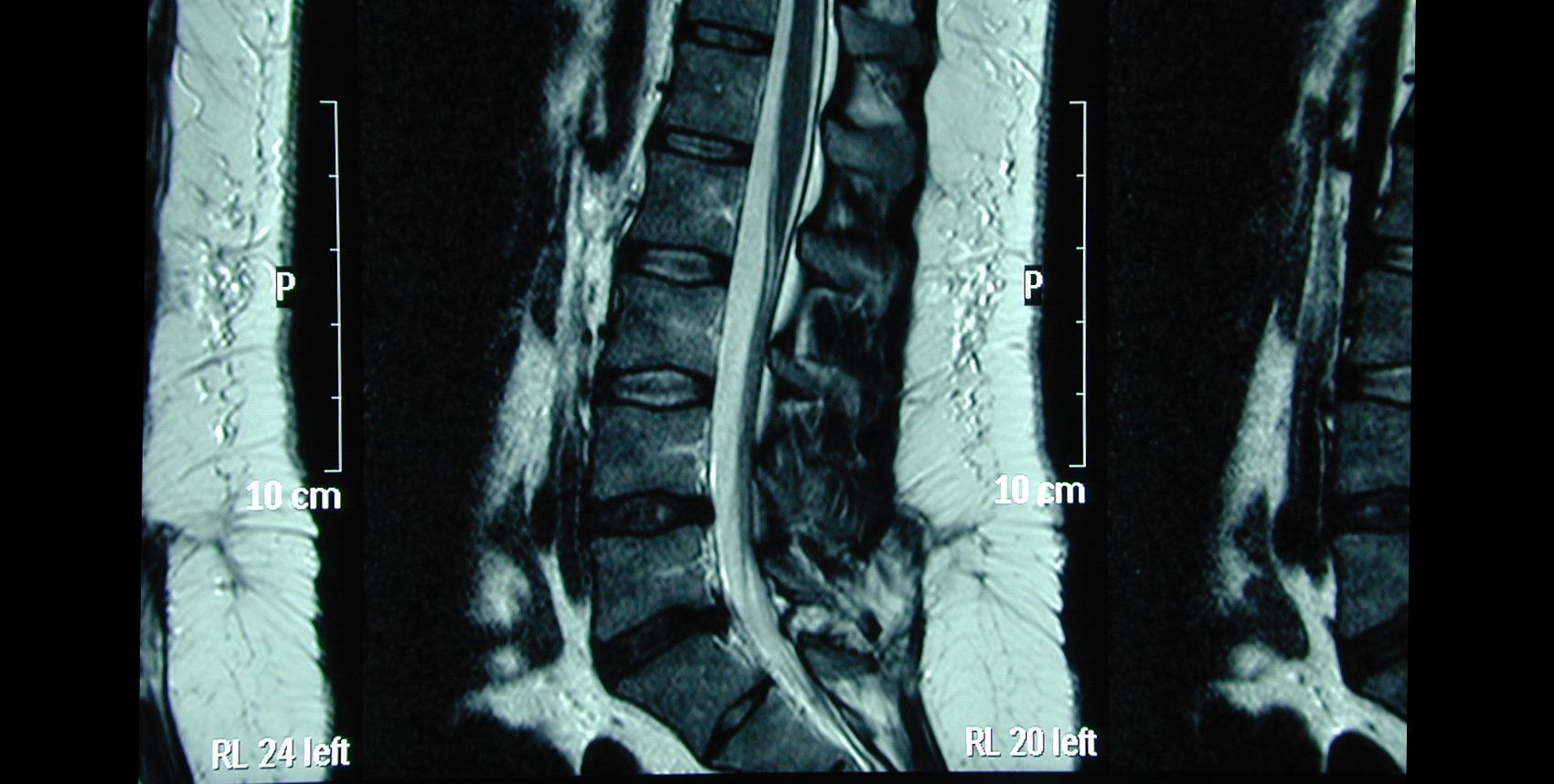




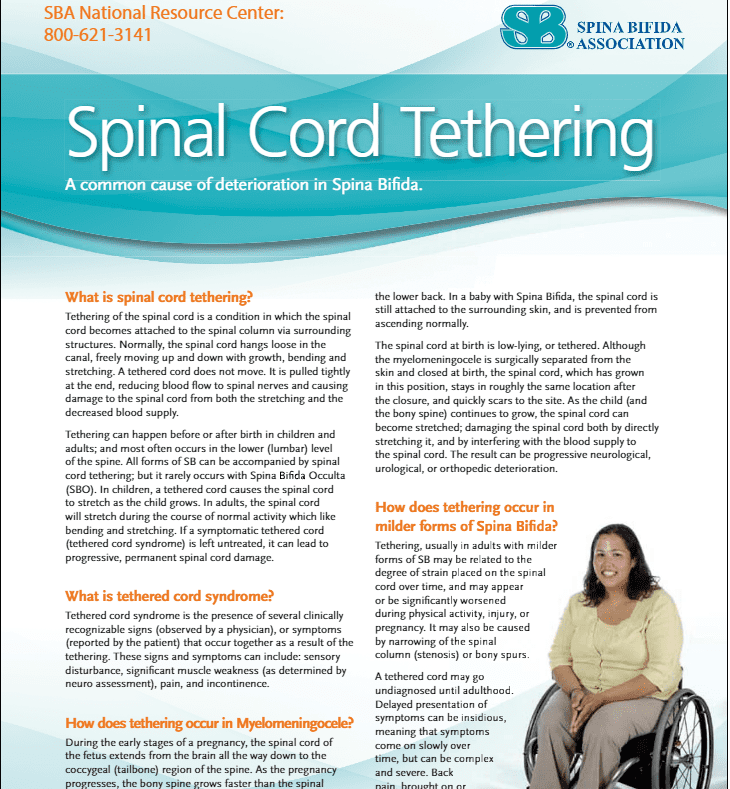
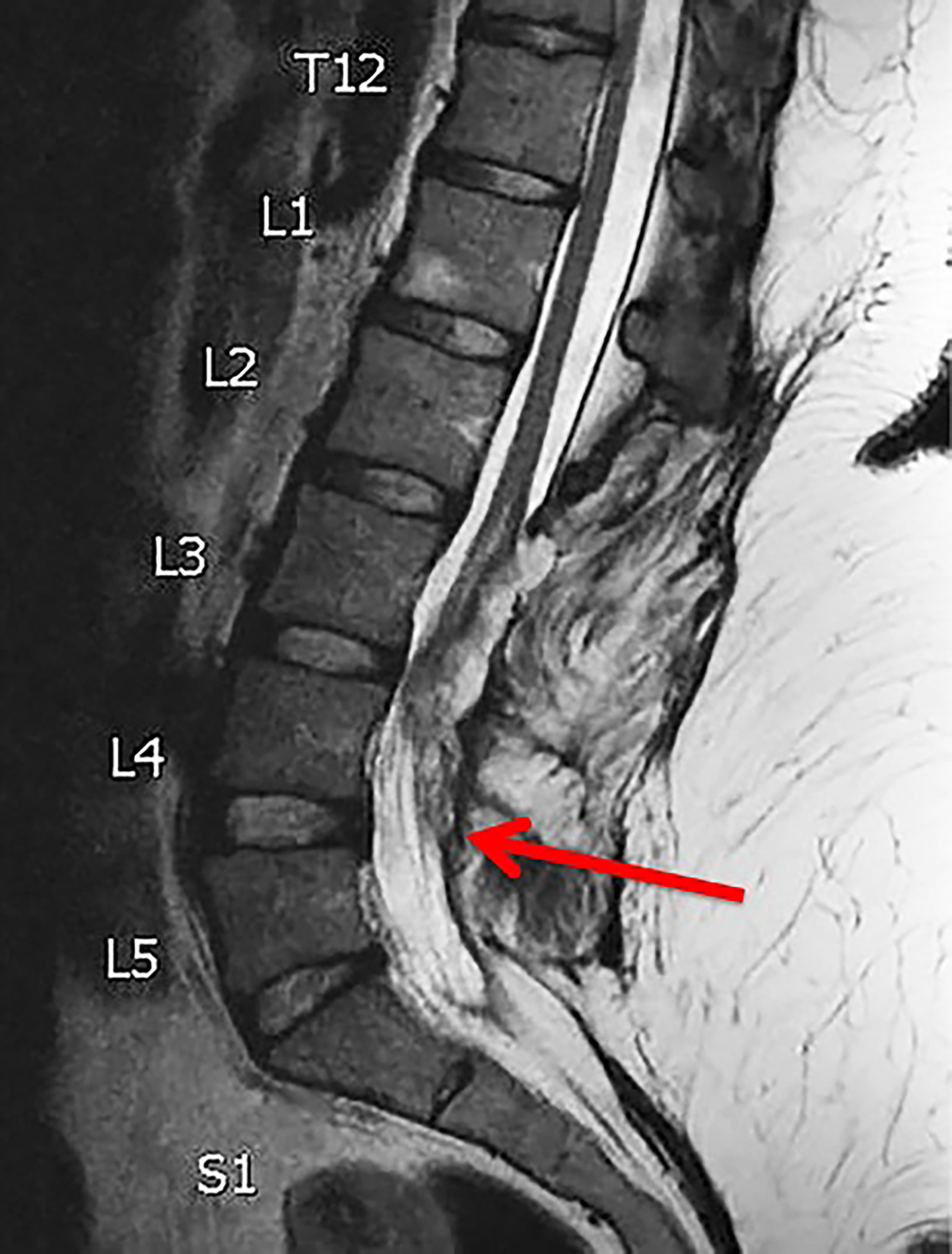














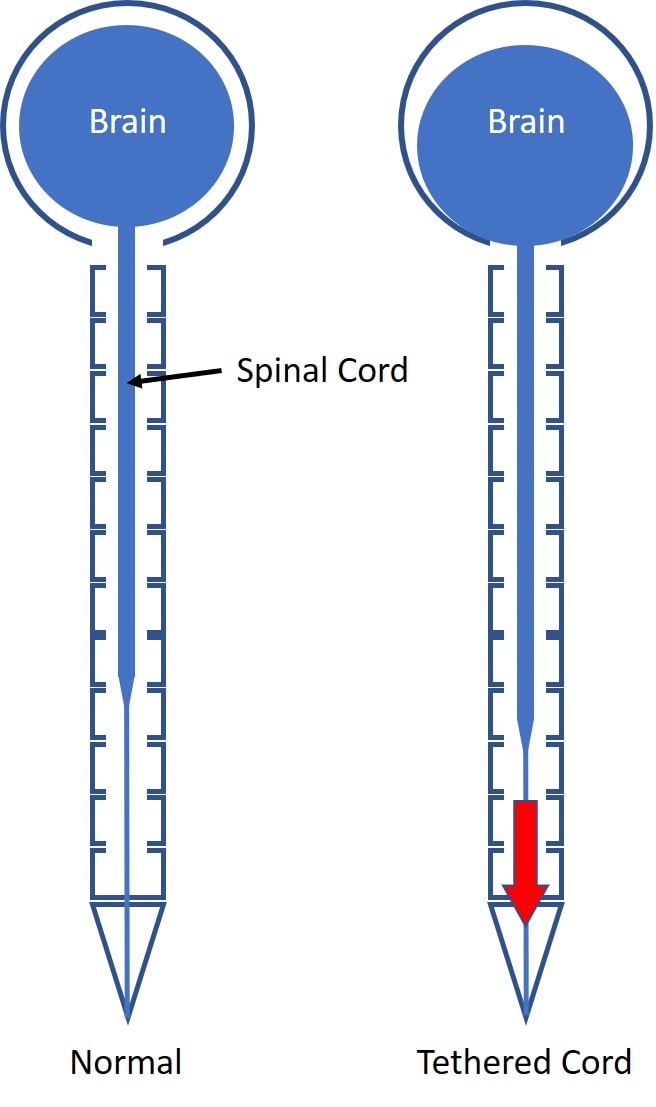








Post a Comment for "Tethered Cord Syndrome In Adults"